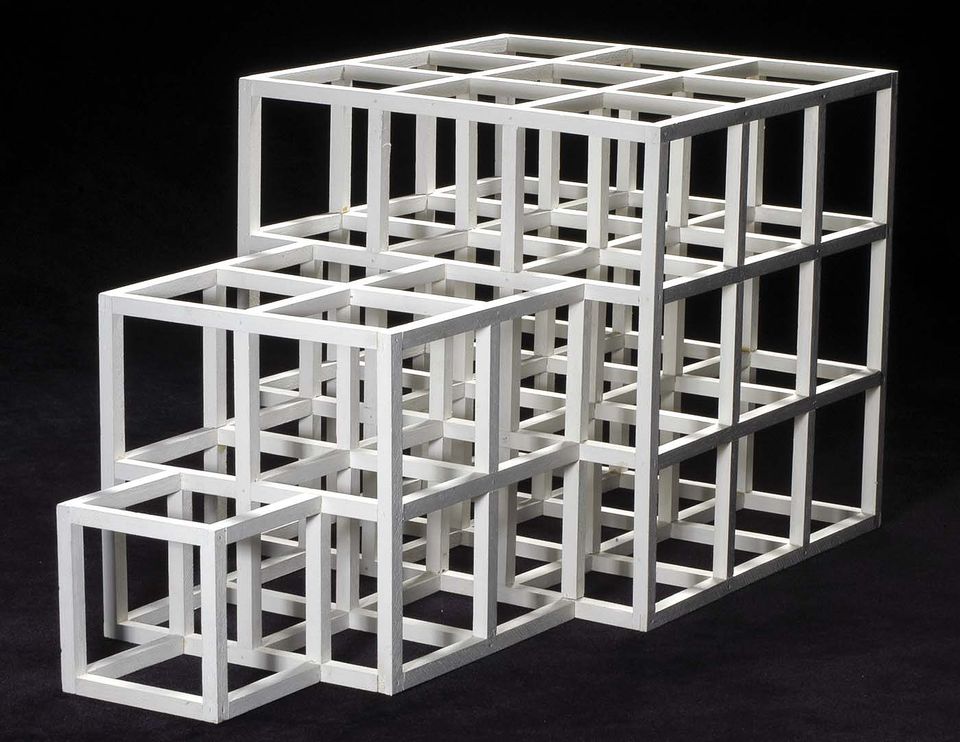Artwork Details
- Title
- Maquette for Bien Venida y Vaya Con Dios
- Artist
- Date
- 1985
- Location
- Dimensions
- overall: 29 x 18 3⁄8 x 13 3⁄8 in. (73.7 x 46.7 x 34.0 cm.) top: 23 x 16 1⁄4 x 9 1⁄8 in. (58.4 x 41.3 x 23.2 cm.) bottom: 12 3⁄4 x 18 3⁄8 x 13 3⁄8 in. (32.4 x 46.7 x 34.0 cm.)
- Credit Line
- Transfer from the General Services Administration, Art-in-Architecture Program
- Mediums Description
- ceramic, copper foil, wire, paint and plastic
- Classifications
- Subjects
- Animal — monkey
- Religion — New Testament — Christ
- Animal — rabbit
- Religion — New Testament — Mary
- Animal — coyote
- Landscape — plant — cactus
- Object Number
- 1990.69A-B
Artwork Description
Bien Venida y Vaya Con Dios, which translates as "Welcome and Go With God," was commissioned by the General Services Administration for the border station in San Luis, Arizona. Maria Alquilar created this sculpture to pay tribute to the resilient spirit of the Mexican people, who overcome adversity "[to] hope and work and live." The saguaro (cactus), which offers its water and flesh to those stranded in the desert, becomes an altar for Our Lady of Guadalupe. The baby she holds is a symbol of all Mexican children whose parents come to the United States in order to survive, while the cross stands among the rocks in memory of those who died in the attempt. The rattlesnake and spider monkey are native creatures of the Southwest, but the snake also stands for the temptation to leave one's home, as Adam and Eve left Eden, for "a more sophisticated hell than that which they have left." The coyote refers to the immigrant smugglers, or "coyotes," who take the immigrants' money and often leave them to die in the desert.














